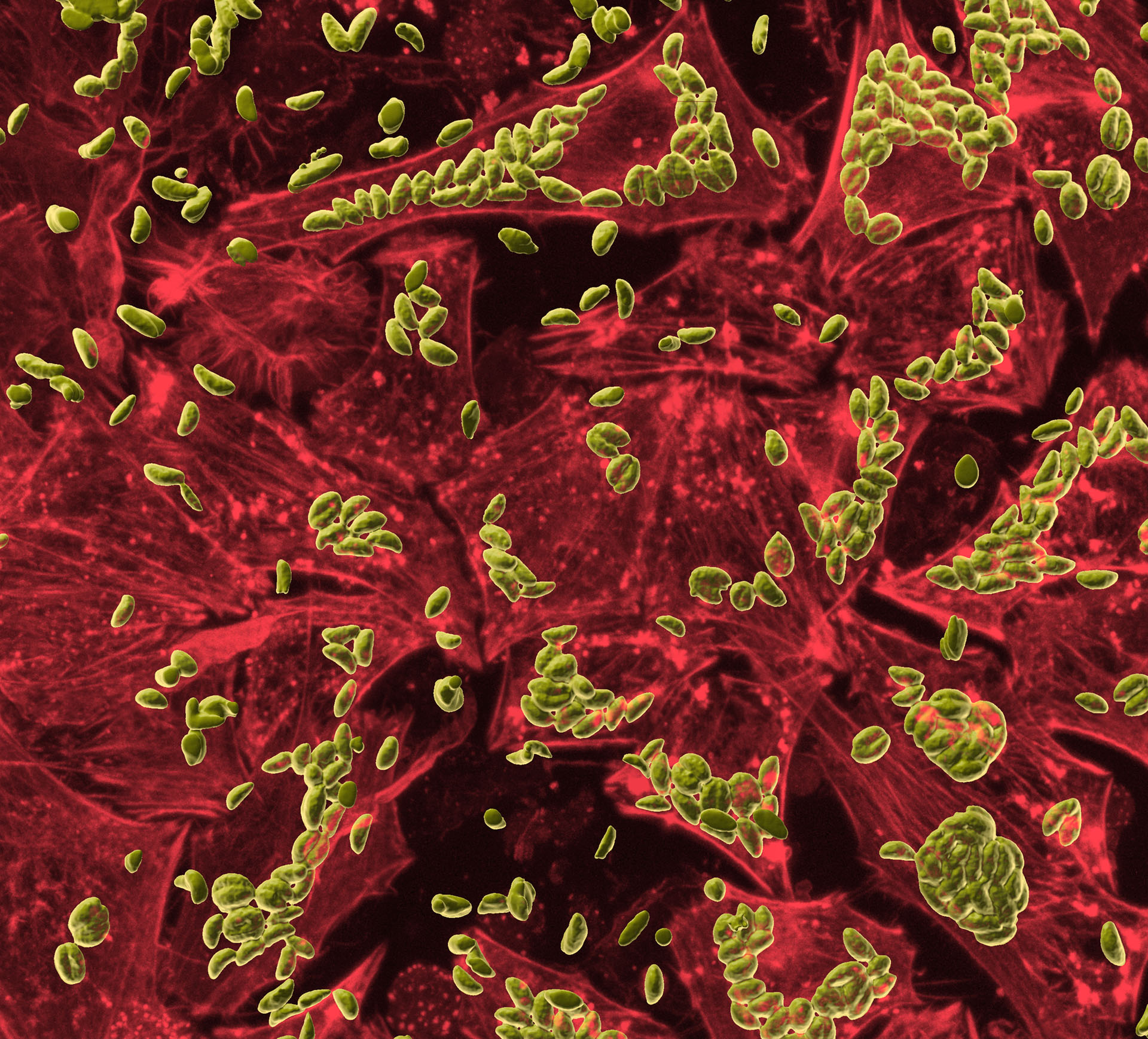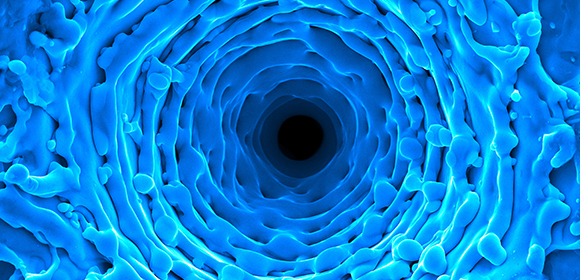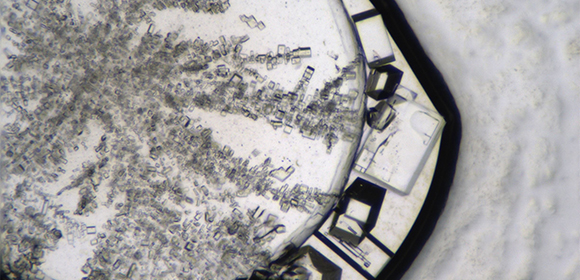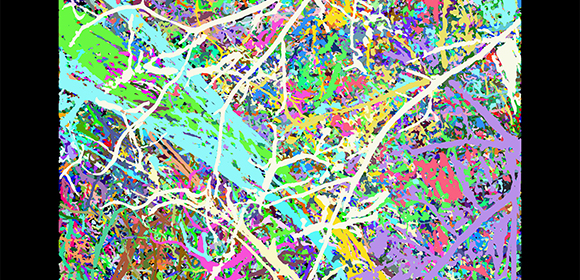Toxo Actin’ Chill

Toxoplasmosis is an infection caused by the parasite Toxoplasma gondii (‘Toxo’) that affects around one in three people globally. Humans can acquire the parasite by eating undercooked contaminated meat, and from exposure to infected cat faeces.
To cause infection, Toxo must invade the host cells by attaching to the cell surface then pushing through the outer membrane. Once inside the cell, they hide inconspicuously ¬to evade detection by the immune system. This allows the parasites to safely multiply and then burst out of their host cell to infect new cells.
This image, taken with a confocal microscope, captures this evolutionary process. The Toxo parasites are pictured in yellow, and the red particles (filaments) are the actin skeleton of the host cells that functions to maintain cell shape.
Imaging the different stages of the parasite life cycle will arm researchers with the knowledge needed to curb the spread of toxoplasmosis.








